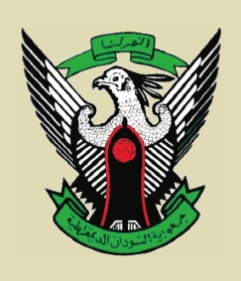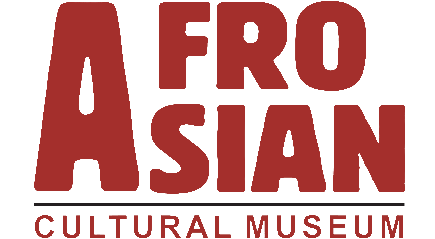Sudan

National Flag
Sudan, officially the Republic of Sudan is a country in northeastern Africa. It is the largest country in the Africa, and in the Arab World. It is bordered by Egypt to the north, the Red Sea to the northeast, Eritrea and Ethiopia to the east, Kenya and Uganda to the southeast, the Democratic Republic of the Congo and the Central African Republic to the southwest, Chad to the west and Libya to the northwest. Independence was duly granted on January 1, 1956.

Emblem
Profile:
Official Name - Republic of Sudan
Nationality - Sudanese
Chief City - Khartoum
Location - Northeastern Africa
Population - 39,379,358
Area - 2,505,815 km
Official Languages - Arabic and English
Government - Republic
Currency - Sudanese pound (SDG)
Independence - 1st January 1956

Map
national anthem
نخــن لم الفداء داعي دعا إن *** الوطن جند الله جند نحن
ثمن بأغلى المجد نشترى *** المحن عند الموت نتحدى
الأمم بین علما ً سوداننا *** فلیعش لنا الأرض ھذه
أرضكم ویحمى العبء یحمل *** رمزكم ھذا السودان یابني
TRANSLATION
"We are the army of God and of our country,
We shall never fail when called to sacrifice.
We challenge death during hard times,
We'll buy glory, for any given price.
This land is ours, may Sudan live well known among all nations.
People of the Sudan this is your banner
Would carry the burden and protect your land
geography
It is dominated by the River Nile and its tributaries. Nearer the River Nile, there are well-irrigated farms growing cash crops.
There are several dams among them are the Sennar and Roseires on the Blue Nile, and Jebel Aulia dam on the White Nile. There is also Lake Nubia on the Sudanese-Egyptian border.


Children peer out onto the street in Khartoum

A boy from Sudan

Pyramids
economy
Mineral resources are available in Sudan including: petroleum, natural gas, gold, silver, chromite, asbestos, manganese, gypsum, mica, zinc, iron, lead, uranium, copper, kaolin, cobalt, granite, nickel and tin. Agricultural production remains Sudan's most important sector.
people
The population of Sudan was recorded to be 25 million. Most of the Sudanese who live in this region are Arabic- speaking Muslims, though the majority also use a traditional non-Arabic mother tongue such as Nubian, Beja, Fur, Nuban, Ingessana. The Dinka, whose population is estimated to be more than one million, are the largest of the many Black African ethnic groups of Sudan along with the Shilluk, the Nuer and the Bari who consist of five other tribes. The lingua franca in Southern Sudan is a variant of Arabic called "Juba Arabic"; the English language is used by the educated elite. Some African tribes like the Fallata and Hausa, have migrated to Sudan at various times, who speak Arabic in addition to their native languages.
religion
An estimated 70% of the population adheres to Islam. The remainder of the population follows either animist and indigenous beliefs. Sudan's largest Christian population are the follower of Roman Catholic Church. Almost all Muslims are Sunni.

People and livestock during famine

A tribal singer

A tribal dance

A lady from Sudan wearing traditional dress


